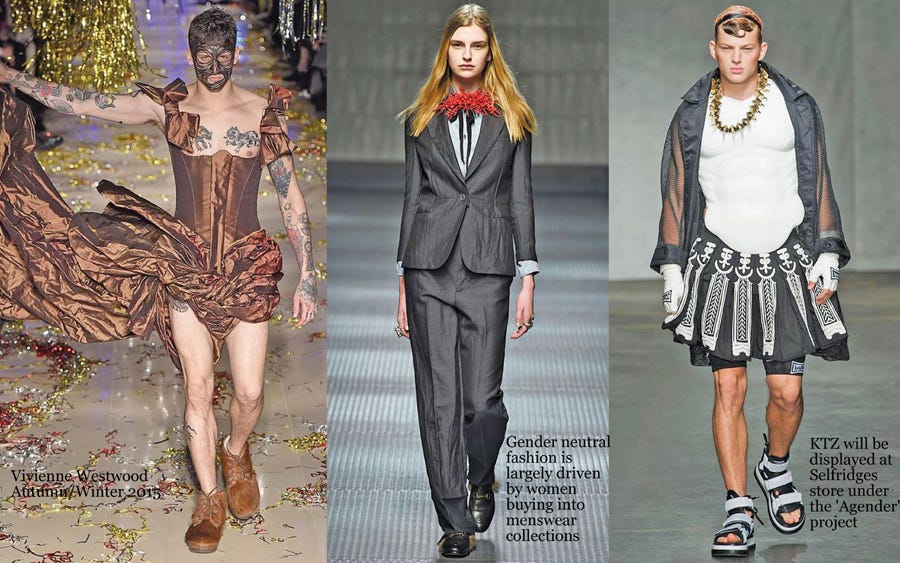When I was growing up, fashion was a defining factor of my identity. As a young girl, I was drawn to girly dresses with frills and bows, while my brother was more interested in clothes that were comfortable and functional. We were conditioned to believe that certain types of clothing were designated only for specific genders. However, times have changed, and there has been a remarkable rise in gender-neutral fashion in recent years.

Gender-neutral fashion refers to clothing that is designed to be worn by people of any gender, regardless of societal gender norms. It breaks free from the confines of traditional gender expectations and promotes inclusivity and self-expression. It’s a vital movement that challenges the binary notions that have long dominated the fashion industry.
One significant aspect of the rise of gender-neutral fashion is the increasing recognition of non-binary and transgender individuals. These individuals do not conform to the social constructs of male or female and want their clothing choices to reflect their identities. With more people openly embracing their non-binary and transgender identities, the demand for clothing that defies traditional gender norms has never been greater.
The fashion industry, known for its dynamism and adaptability, has slowly started to catch up with this changing landscape. Designers, brands, and retailers are beginning to embrace the concept of gender-neutral fashion, featuring collections that cater to people across the gender spectrum. For instance, brands like Zara, H&M, and ASOS have introduced gender-neutral lines, allowing customers to choose from a diverse array of styles without gender-specific labels.
This shift in the fashion industry is not just a passing trend; it’s driven by a fundamental change in how the concept of gender is being understood and perceived in society. People are becoming more educated and aware of the fact that gender is not just binary; it’s a complex and fluid spectrum. It’s no longer about “men’s clothing” or “women’s clothing,” but about self-expression and personal style that transcends gender.
Moreover, the rise of gender-neutral fashion has significant social and cultural implications. By challenging the traditional gender norms associated with clothing, we are breaking down the barriers that enforce strict gender roles. This can pave the way for a more inclusive society, where individuals are free to express themselves authentically without fear of judgment or discrimination.
From a personal perspective, embracing gender-neutral fashion has been liberating. As someone who doesn’t conform to traditional gender expectations, I always struggled to find clothing that truly felt like me. However, the rise of gender-neutral fashion has given me the freedom to explore different styles without feeling like I’m betraying my identity. It has allowed me to express myself authentically and confidently, regardless of what society may deem appropriate for my gender.
But while the growth of gender-neutral fashion is undoubtedly positive, there are still challenges that need to be addressed. The fashion industry needs to ensure that this trend is not just performative, but genuinely inclusive and diverse. It’s important to emphasize that gender-neutral fashion is not just about removing pink or blue labels; it’s about creating a space where people of all genders can find clothing that makes them feel seen and accepted.
Additionally, the accessibility and affordability of gender-neutral clothing need to be improved. Many gender-neutral pieces are currently priced at a premium, making it difficult for those from lower socio-economic backgrounds to afford them. Ensuring that a wide range of options are accessible at various price points will make gender-neutral fashion truly accessible to everybody.
In conclusion, the rise of gender-neutral fashion marks a significant milestone in the evolution of the fashion industry. It challenges traditional gender norms, fosters inclusivity, and promotes self-expression. As society becomes more accepting and understanding of diverse gender identities, the demand for gender-neutral clothing will continue to grow. We must embrace this movement and work towards creating a fashion industry that is truly diverse, inclusive, and representative of all individuals, regardless of their gender. Only then can we celebrate the beauty of personal style without the limitations of societal expectations.
